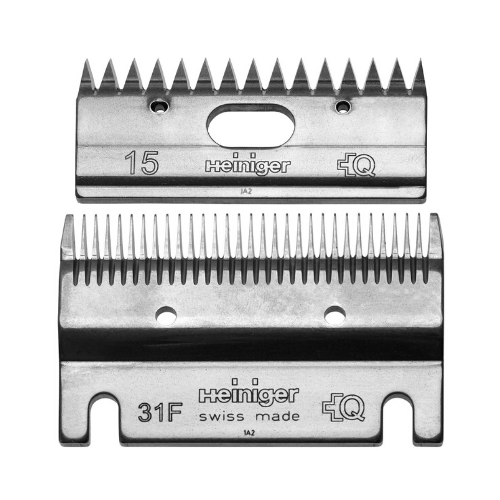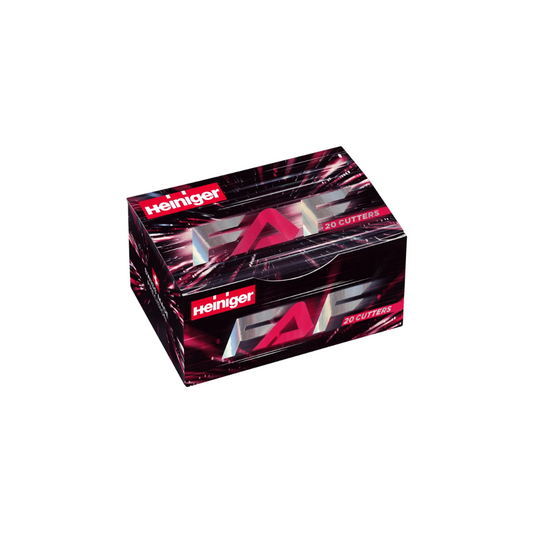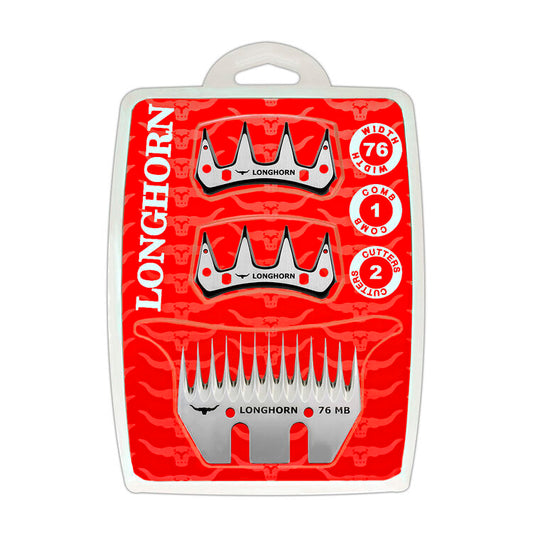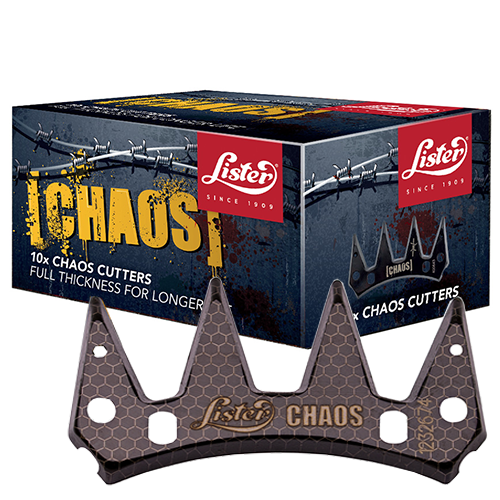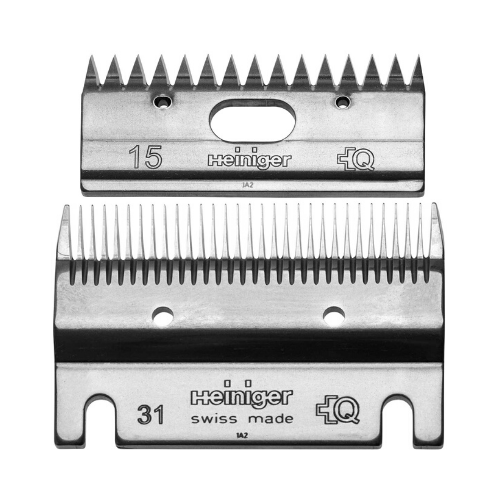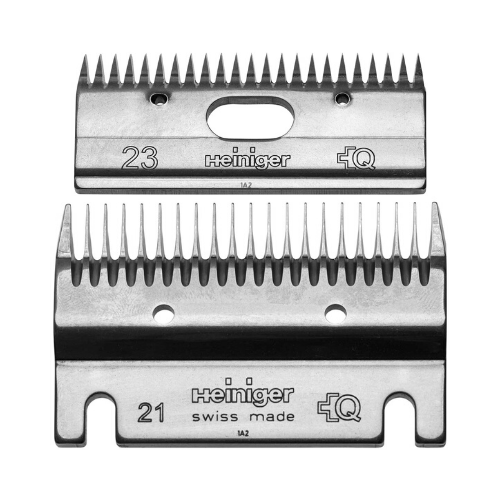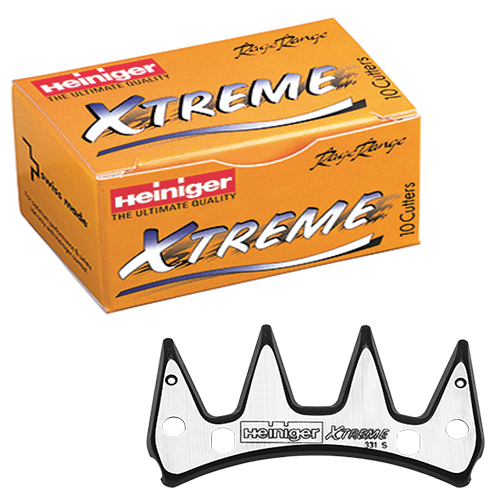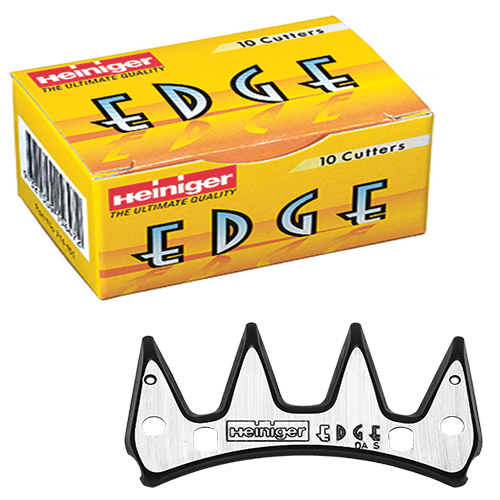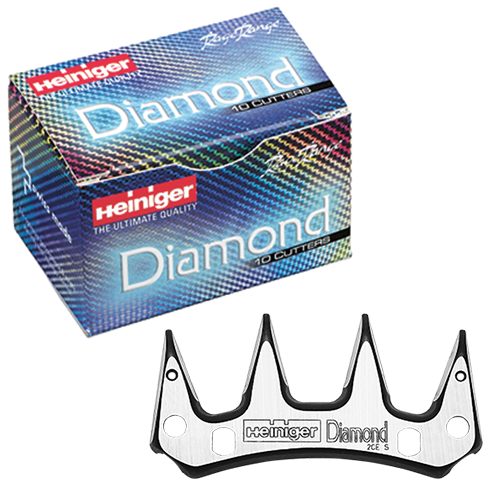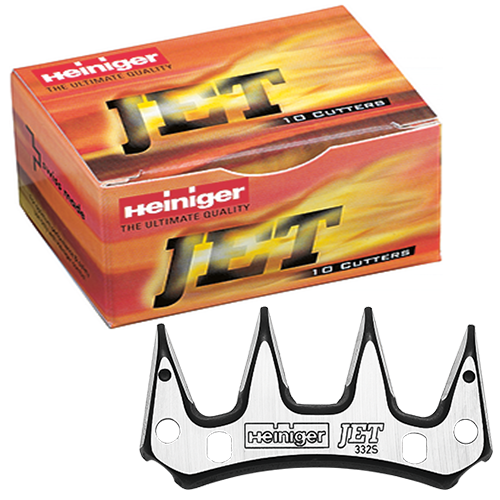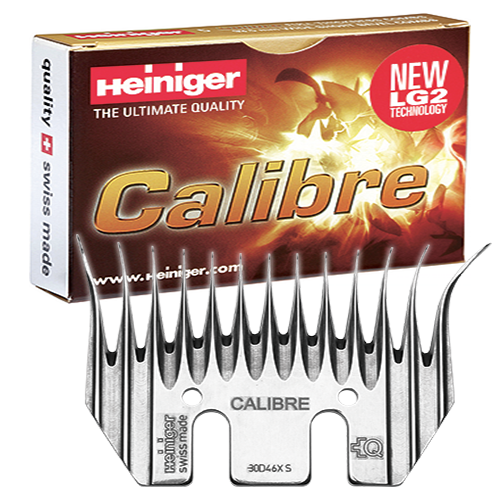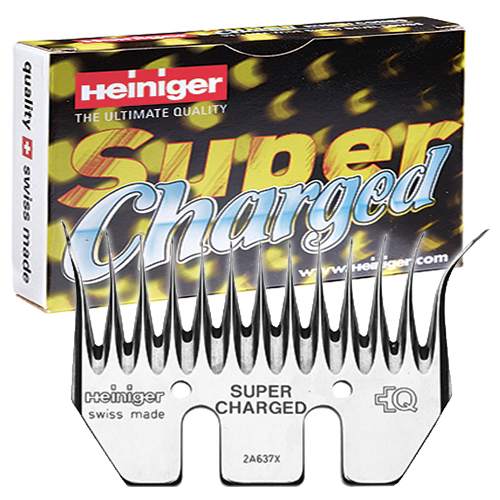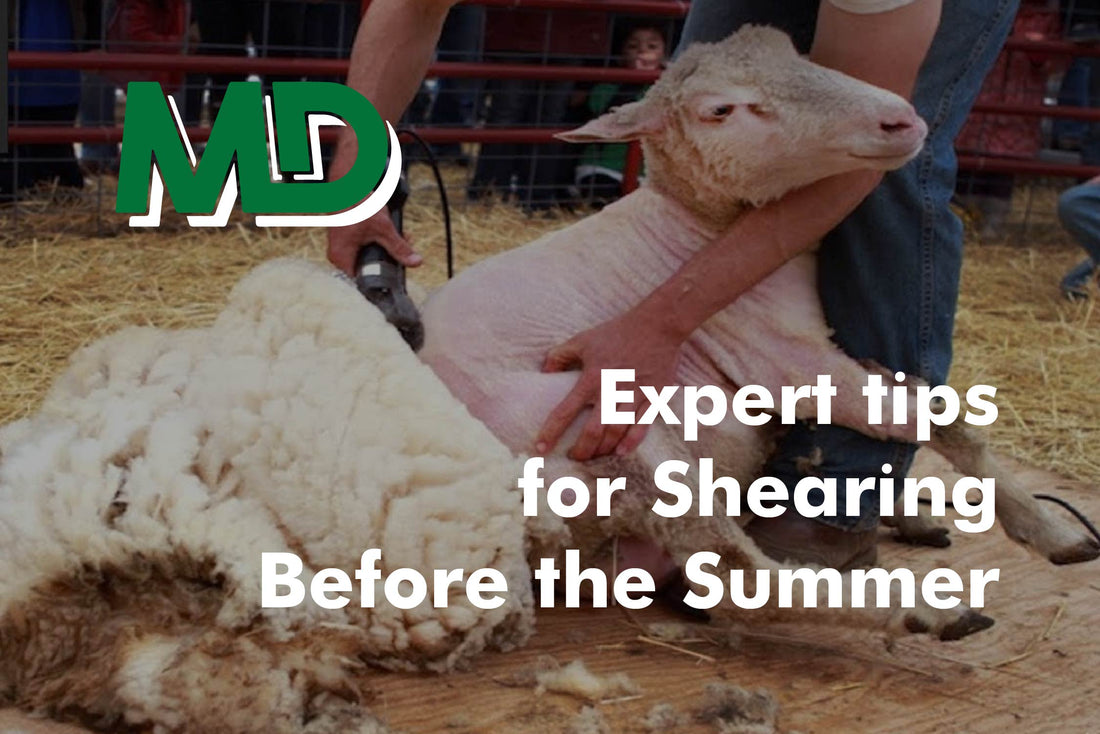
Share
Welcoming the summer months, sheep farmers in Wales and the rest of the UK are getting ready for one of the busiest times of the year - shearing season. Shearing sheep is essential for their health and to prepare for the warmer months ahead. Effective shearing requires careful planning, and the right tools to make the process as smooth as possible. In this blog post, we'll be exploring expert tips and advice for shearing sheep, focusing on the Lister Nexus Sensor, the Heiniger Icon FX handpiece, and the Lister Skorpion Handpiece.
Understand The Shearing Process
Before starting to shear, it's essential to understand the process properly. The right approach involves preparing your facilities, equipment, and sheep properly. The sheep should be kept clean and dry, and you should carry out the shearing in a well-ventilated space to prevent them from overheating. Using a gentle approach and the right positioning and technique play an essential role in effective shearing.
Use The Right Tools
Using the right tools is key to successful shearing. The Lister Nexus Sensor hs been expertly engineered to ensure power and user safety. It’s new built-in electronic current sensor protects the user and prevents handpiece lock-ups by automatically stopping the machine if the handpiece hits an obstruction in the wool. The Nexus Sensor is also fitted with the latest Quick Release technology, allowing for rapid drive attachment or release from the unit. Lightweight yet reliable, the Nexus Sensor is ideal for both agricultural use and professional shearing. The Heiniger Icon FX handpiece is designed for maximum efficiency and precision and is versatile in that it can handle any heavy-duty task. The Lister Skorpion handpiece has a comfortable grip, and the durable blade can handle even the thickest wool. This product is excellent for sheep, which have wool that tends to mat or clog the blades.
Work Safely
Working safely cannot be emphasized enough. Shearing requires physical strength and skill, so be sure to take regular breaks, have plenty of water and snacks on hand, and get enough rest. A shearing team can help with the work and make it more manageable, which will also help improve overall efficiency, productivity, and safety.
Post-Shearing Care
After your sheep have been sheared, it's essential to take good care of them to ensure their health and comfort. The sheep should be provided with a clean environment, enough food, and water. It's essential to keep the sheep warm, especially if they have been sheared for the first time. To avoid common health problems that can arise in the aftermath of shearing, such as flystrike, ensure that the sheep are kept in a clean and dry environment and consider dosing them immediately after shearing with a spot-on treatment such as Downland Flydown.
Plan Ahead
Effective shearing requires careful planning. Shearers should plan to complete the task quickly, efficiently and aim to avoid any unnecessary delays. If you have a large flock, it's always a good idea to prepare well in advance, ensuring that you have all the required equipment, a well-trained team, and enough space to work in. Be sure to have backup plans in place for unforeseen issues that may interrupt the shearing process.
In conclusion, shearing sheep involves careful planning, the right tools, and attention to safety and animal welfare. Using equipment such as the Lister Nexus Sensor, Heiniger Icon FX handpiece or the Lister Skorpion Handpiece can help farmers achieve the best results while ensuring the sheep's safety and welfare. Always prioritise safety and care when shearing your flock, and plan ahead to avoid unexpected issues. With these tips and tools, sheep farmers in Wales and around the UK can efficiently and safely shear their flocks and prepare them for the warmer months ahead.

